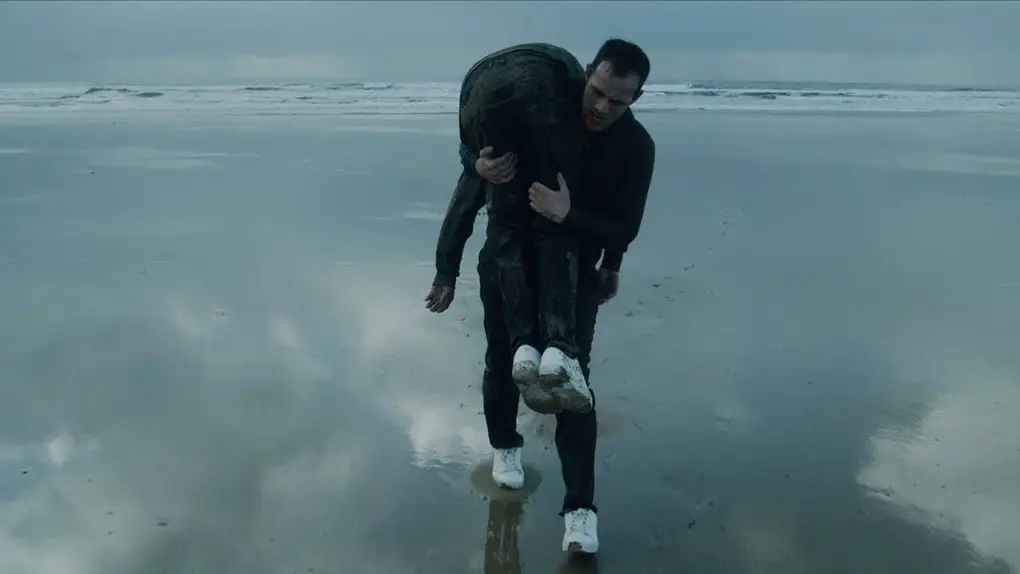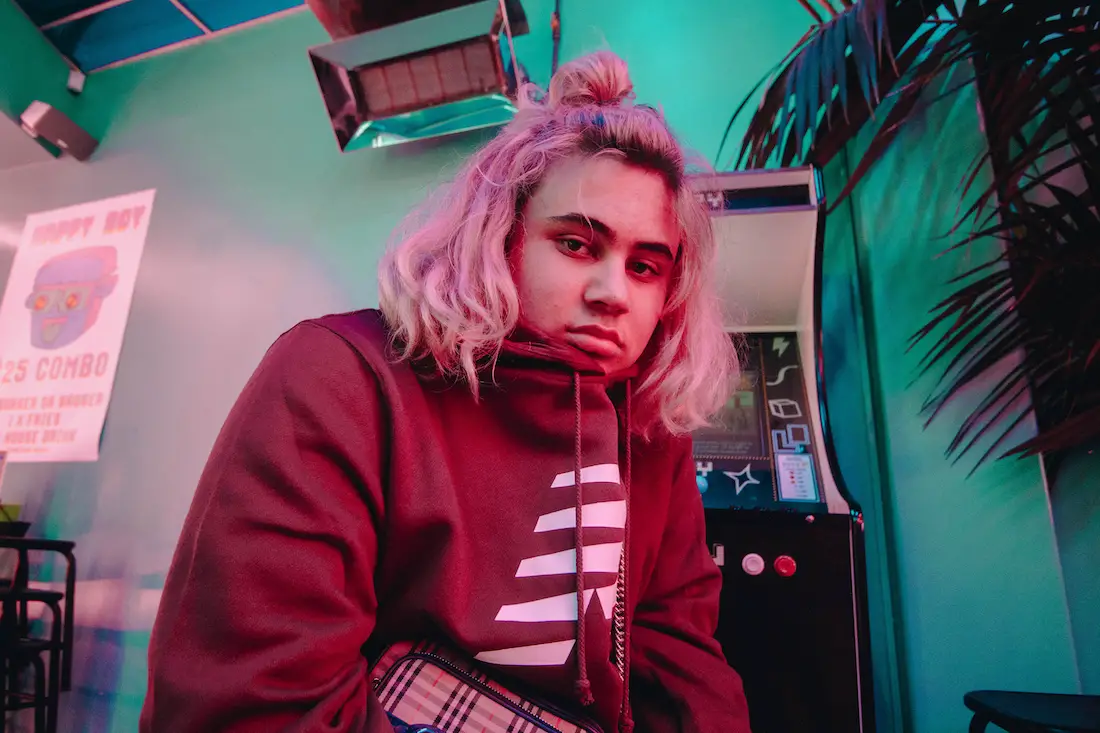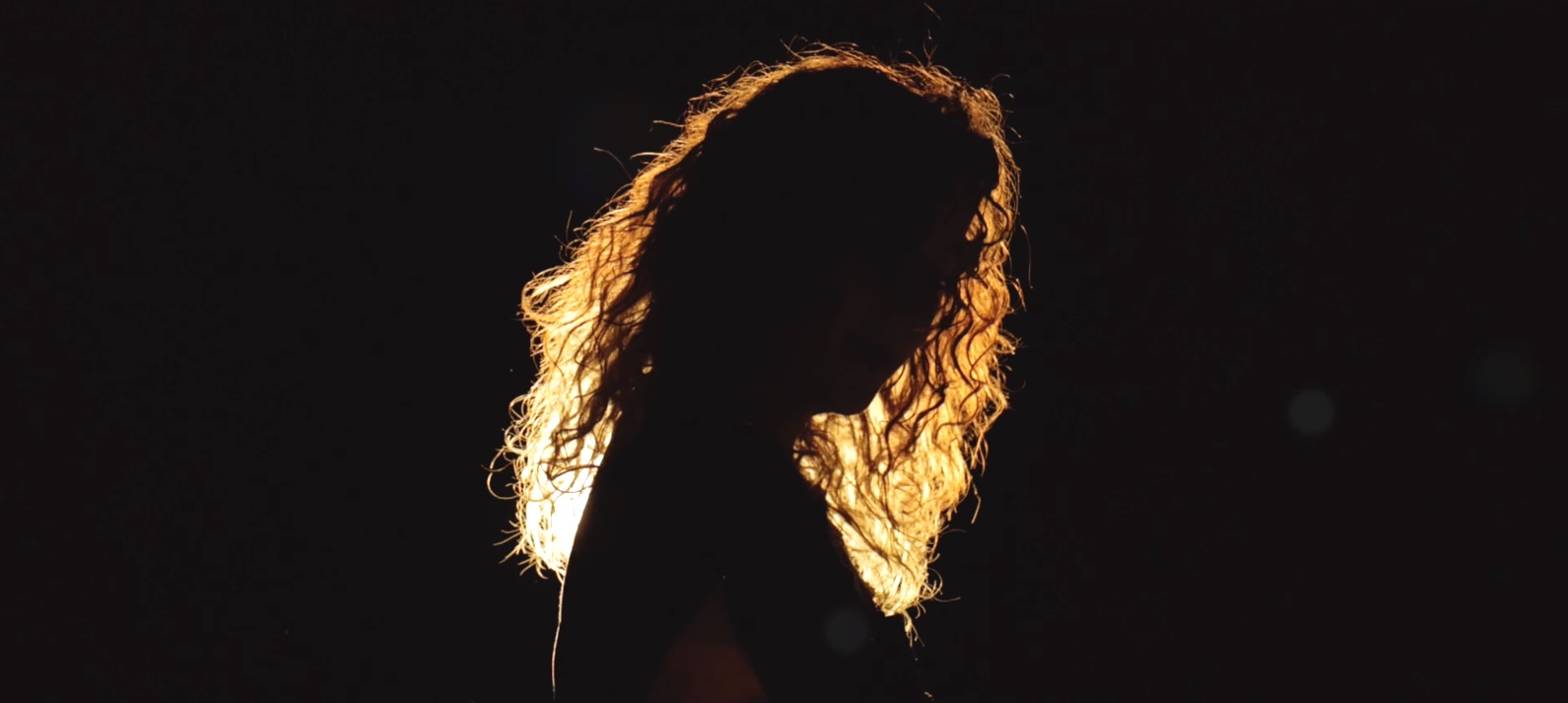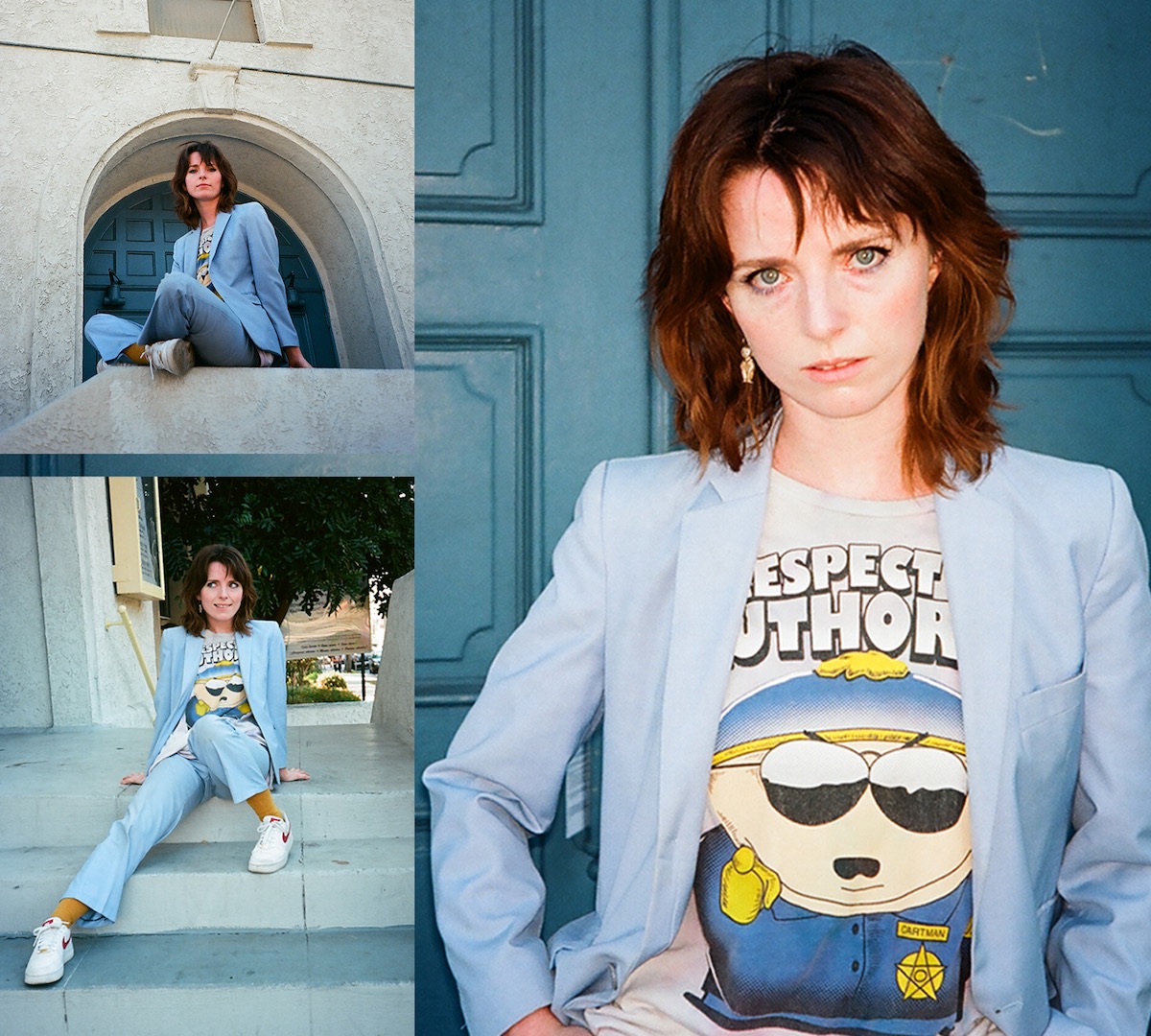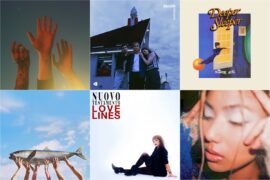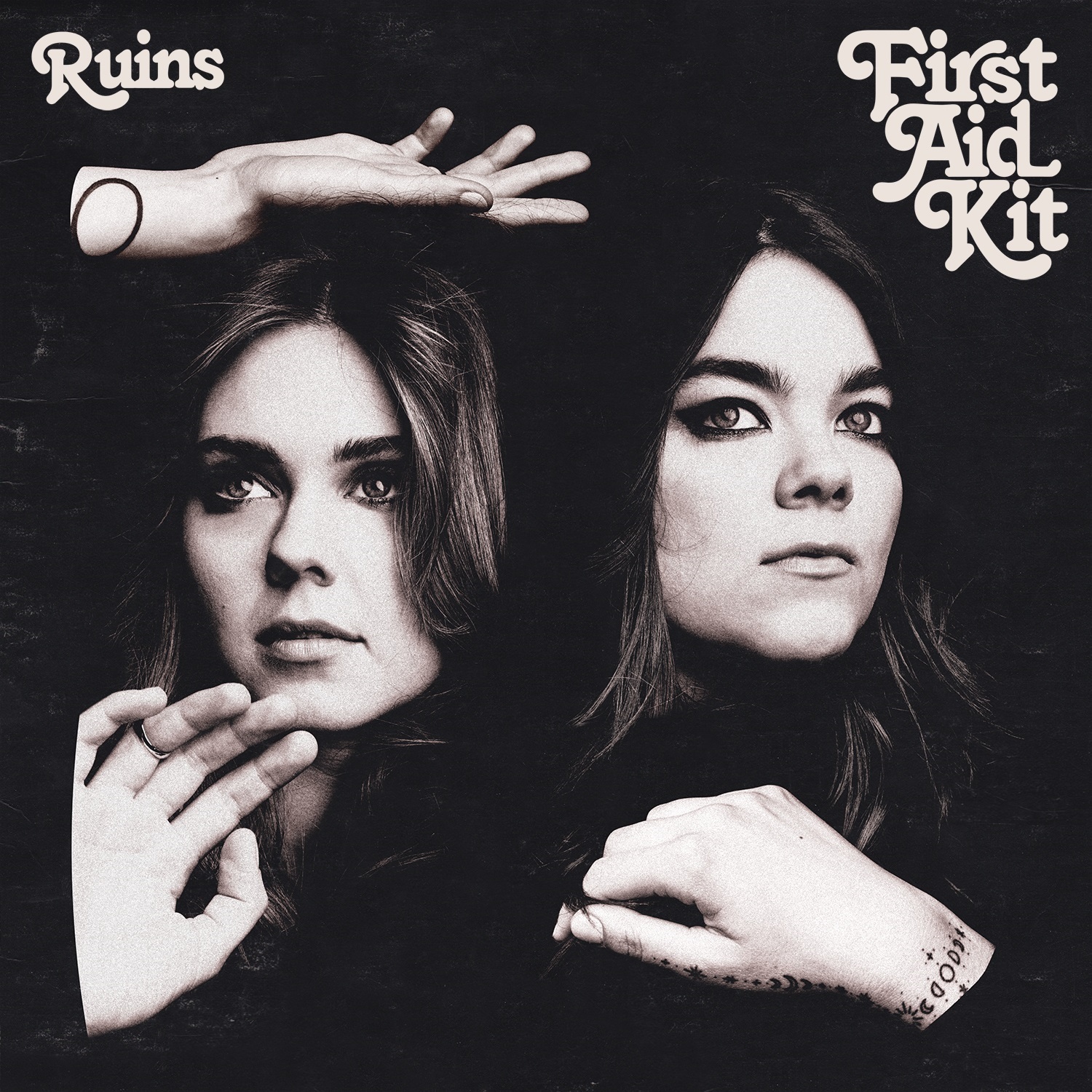Director Tom Ewbank discusses his influences, how he got his start directing music videos, his favorite projects, and more in an interview with Atwood Magazine.
— — — —
Over the past few years, there has been a renaissance in the medium of music videos. Short films and visual albums like Beyoncé’s ‘Lemonade,’ Frank Ocean’s ‘Endless,’ Janelle Monae’s ‘Dirty Computer,’ and The Weeknd’s ‘M A N I A’ recall the music landscape in the 80s and 90s, when blockbuster music videos took over mainstream pop culture. Record labels were flush with money, churning out videos that were prominent events, creating iconic videos inseparable from the music.
The difference between the present music landscape and that of the 1980s and 1990s is staggering. Gone are the days when the only way to watch the latest music videos was on a television. The rise of video-sharing platforms and shrinking budgets have concomitantly led to a more DIY approach for many video directors, resulting in creative, left-field approaches and diverse stories on display via the format of music videos. Now more than ever, artists are harnessing the power of visuals to make a statement and drive home the meaning behind their music.
Director Tom Ewbank has worked with numerous artists over the past few years, producing creative music videos that always manage to skirt clichéd tropes in favor of original, emotional story-telling. Having worked extensively with artists like Tom Misch, Bruno Major, and Jordan Rakei, Ewbank has directed everything from live performance videos to short documentaries revolving around an album recording process.
Recently, Atwood Magazine had the chance to interview Ewbank, in which we talked about his influences, how he got his start in the field, and some of his favorite projects. With his list of projects and collaborators growing longer by the week, 2018 has proven to be a productive year for Ewbank, and his career only seems to be gaining momentum.
YouTube is where artists have an opportunity to show their creativity in a different way and project a visual representation of themselves.

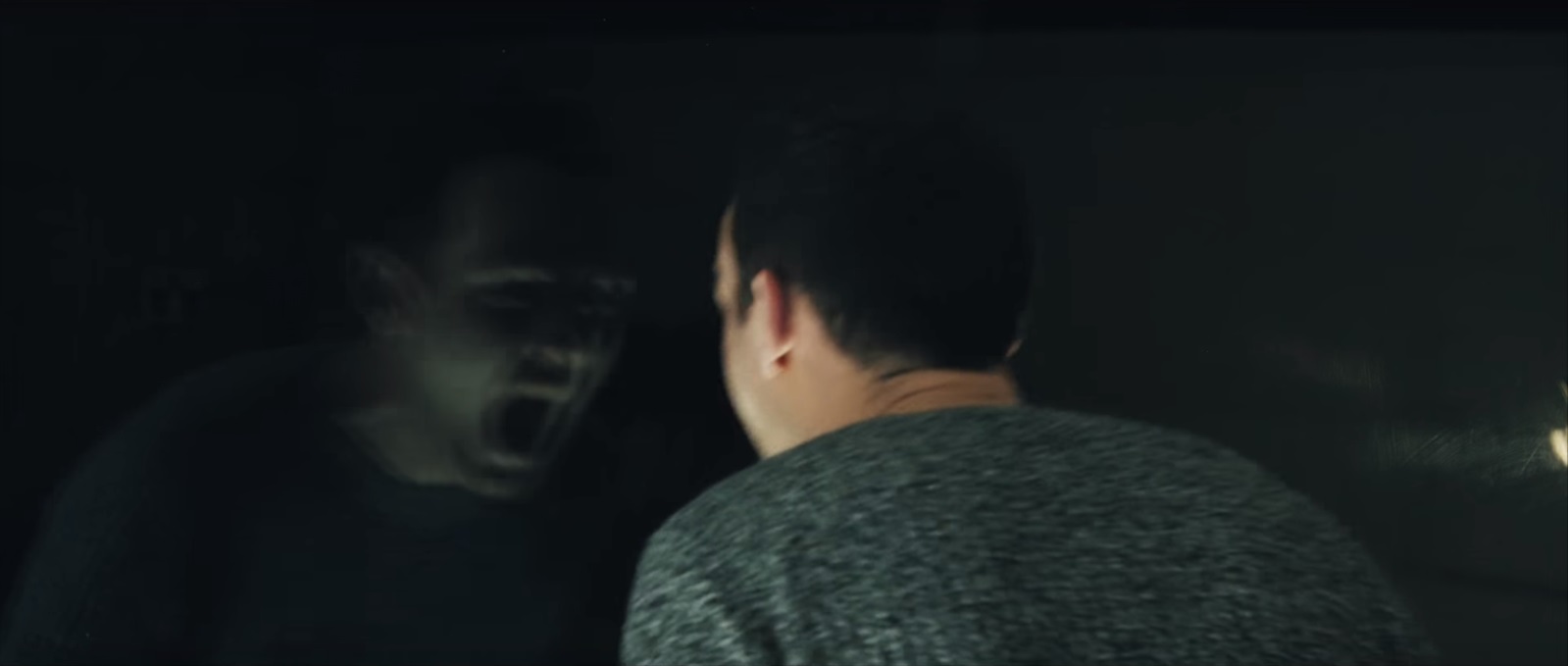
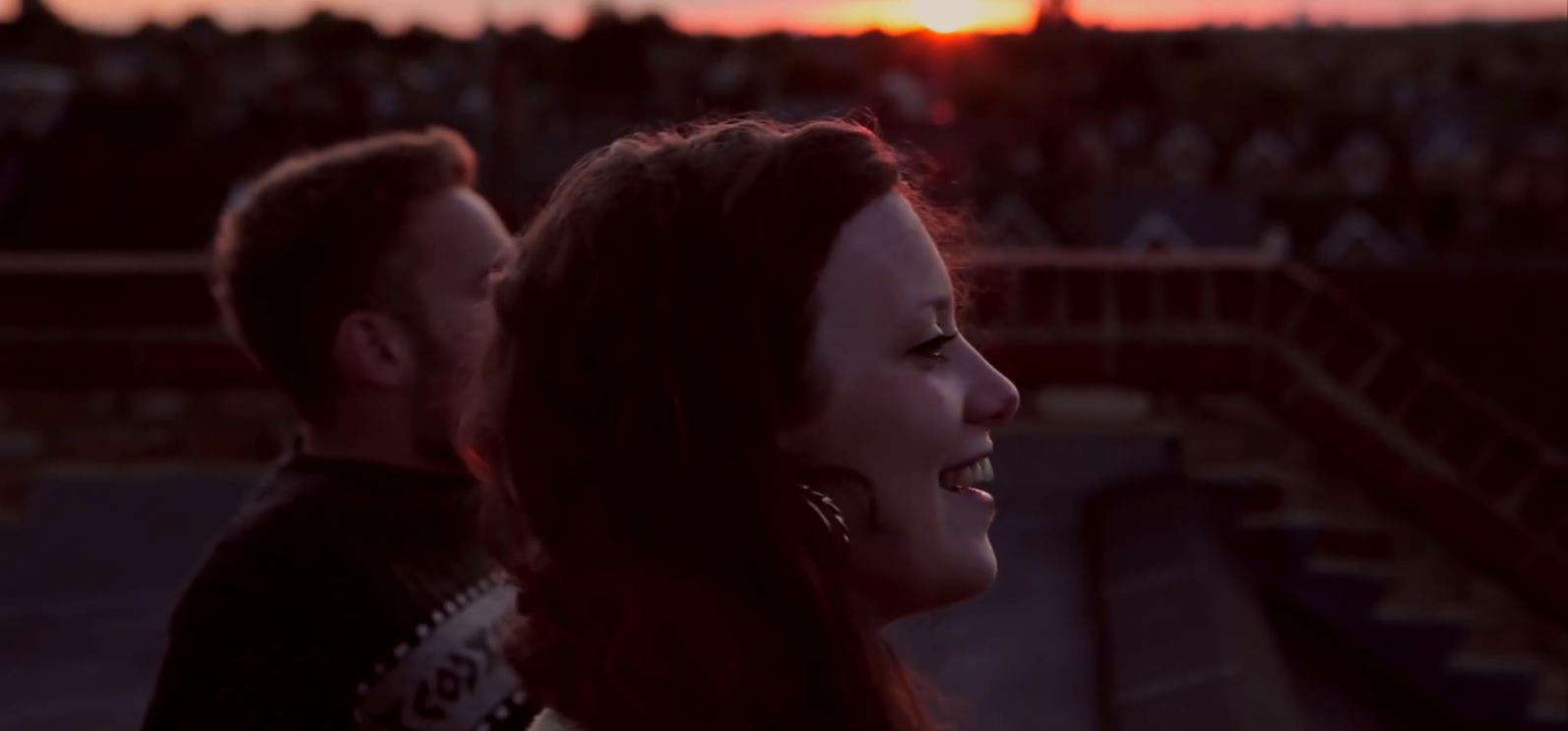
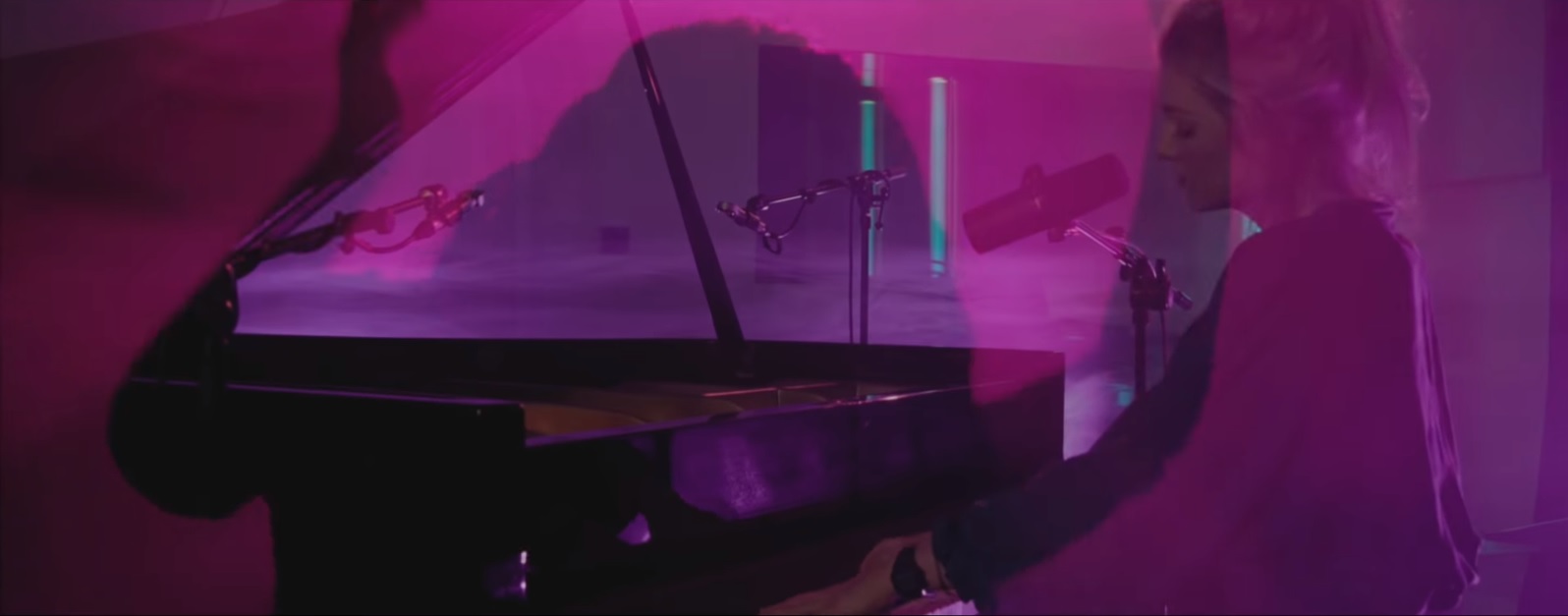
A CONVERSATION WITH TOM EWBANK
Atwood Magazine: How did you get your start in directing music videos?
Tom Ewbank: I’d like to think I’m still at the very beginning of it all.
Before making videos I travelled around the world snowboarding and at some point during those years I was inspired to pick up a camera. Similarly to skateboarding, snowboarding is full of creative people and at that time snowboard films had started to become increasingly more cinematic and beautifully shot, which I was really inspired by.
Realising that I didn’t want to spend the rest of my life in an endless winter, I moved back to London and found a job making films for a ski and snowboard company, but in my spare time I made videos for a few artists, to help build their careers and to dip my toes in the music world. It was during that time that I contacted Tom Misch, who was a relatively unknown bedroom producer making some of the nicest beats I’d ever heard and giving them away for free on SoundCloud. I emailed him to see whether he’d be interested in collaborating, which he was, so we met up and I made a little documentary about him called ‘Beyond The Groove‘. After that, Tom asked if I could help him make a music video for his and Carmody’s track “So Close.” That was my first foray into music videos – it was very basic and unplanned, but I really enjoyed the process. Obviously, looking back on it now, there are a million things I would do differently but it was the first music video any of us had been involved in and we didn’t have a clue what we were doing. I’m incredibly grateful that Tom gave me that opportunity and inspired me to work in this industry.
From that moment on I’ve produced, directed and edited every music video that I’ve ever been involved in.
Do you have favorite music videos or movies from your childhood or the past that kick-started your love for directing?
Tom: Although there are lots of feature films that I find inspiring, I think my biggest inspiration was watching snowboard movies. Films like ‘Afterlame‘ by Robot Food and ‘Vivid‘ by Absinthe Films were very influential. Over a period of fifteen years I saw snowboard films progress from basic low-budget productions filmed on 8mm film, to large cinematic productions filmed on RED cameras.
Aside from snowboard films, there are a handful of movies which have heavily inspired me. I love the feeling of unease that I’m left with after watching Stanley Kubrick films, notably ‘A Clockwork Orange’ and ‘2001: A Space Odyssey’ – a feeling which has definitely influenced some of the videos I have directed and produced.
Are there any particular film or music video directors that inspire you?
Tom: There are many movie directors whose work I really admire, including Stanley Kubrick, Quentin Tarantino, Ridley Scott, and Wes Anderson. After working in the film world (on a very small scale) I’ve grown a huge appreciation for the skill and vision that they have. Having such a vivid depiction in their minds of a world that doesn’t exist, to the minutest detail, and being able to convey that onto the screen is truly impressive. I also find documentary an incredibly powerful form of film and it’s nice to see documentary directors like Orlando Von Einsiedel and Asif Kapadia getting the recognition they deserve.
With regard to music video directors, I really enjoy watching music videos that have a story and don’t necessarily put the artist at the front and centre of the video. When I first watched the video for Bon Iver’s track “Holocene,” directed by Nabil Elderkin, I must have clicked the repeat button a thousand times. Nabil has directed some awesome videos over the past few years. I also really enjoy the work of Will Joines, who regularly directs videos for Com Truise – his work gives me an overwhelming feeling of nostalgia. Young Replicant is also a major talent who has directed videos for Alt-J and Flying Lotus, among others. His work always fits the music beautifully and makes me feel something far deeper than the music on its own. Romain Gavras has also directed some incredible videos over the years, the videos for Justice’s “Stress” and Jamie xx‘s “Gosh” are real standouts.
What is your approach in coming up with a concept for a music video shoot? Do you collaborate with the artists to come up with ideas?
Tom: Usually at the outset I will get sent the track and asked to develop an idea. Developing an idea often involves listening to the track on repeat until lightening strikes, and having a number of conversations with the artist about the meaning of the track. As the narrative develops, I get more and more input from the artist and their team which helps to ensure everyone is happy with the end result. I really enjoy collaborating with artists on projects but often they’re busy finishing an album or touring so it’s difficult to get their full attention.
You direct, produce and edit a lot of your videos by yourself. What is your favorite part of the process?
Tom: At the moment, due to the size of budgets I’m working with, I have to do pretty much everything. I really enjoy all parts of the process but it can be incredibly stressful at times, especially when you’re having to direct the actors and crew, set up lighting, move props and organise transport and catering amongst other things – it can be overwhelming. I think as my career progresses I’ll concentrate more on the directing side of the process and leave the producer role to somebody else, so that I can focus my mind on the vision rather than the numerous moving parts of the project.
What kind of music do you listen to? When you’re directing a particular music video, do you listen to that specific song throughout the entire process?
Tom: I listen to all sorts of music, from Hip Hop and Jazz to Neo-Classical and Prog Rock – anything that makes me feel something. Generally when I’m creating a music video I have to listen to the track far too many times, which can really ruin the music for me! If I still like the track at the end of the process then it’s a very special track.
You shoot plenty of live sessions for the BBC, as well as official music videos for many artists. Do you prefer one over the other?
Tom: Live sessions are generally a lot less work because they don’t take up as much time to plan. Although I prefer shooting music videos, it’s a very cool feeling witnessing beautiful music being created, and having the band/artist perform it for/to you. I feel like live sessions are becoming increasingly more cinematic and creative, which is awesome to see, and makes it far more enjoyable for directors and cinematographers.
How did your creative relationships with artists like Tom Misch and Jordan Rakei come about? What is it about their music that inspires you?
Tom: As I mentioned, I met Tom a few years ago when I made a little documentary about him. Tom and his family are really lovely people, and we’ve always kept in touch. Tom and his manager Duncan have bought me in on a few projects over the years which I’m very grateful for. His music is very soulful and heartfelt, and although it’s influenced by artists like J Dilla, Kaytranada and John Mayer it’s truly his own sound…he’s definitely original.
Unsurprisingly I met Jordan through Tom, along with Barney and Alfa, just before Tom released Beat Tape 2. At the time Jordan had just moved over from Brisbane – he was an independent artist who was effectively managing himself, so he didn’t have much time to think about music videos. I helped him put a few live performance videos together, along with a music video for his track ‘Rooftops’ which we made with zero budget, and we’ve continued to work together since. I really enjoy working with Jordan, not just because he’s an incredibly nice guy, but because he lives to create. His music is beautiful and honest, there aren’t many artists who are exploring such important and deep subjects in their songwriting. As a friend I’m really proud of his musical progression and hope that we continue to work together in the future.
It seems like the only type of video that you haven’t collaborated on with Misch and Rakei are feature-length concert videos. Would you be open to producing that kind of content?
Tom: Maybe one day.
Are there any artists that you would like to work with in the future?
Tom: Anybody that creates music from the heart and wants to tell a story through their music videos. It helps if they’ve got a decent budget too!
A dream collaboration would be with an artist who makes very cinematic music – Jon Hopkins, Sigur Ros, Radiohead, James Blake, Nils Frahm would all be pretty cool.
Do you have a favorite project that you’ve worked on so far in your career?
Tom: I had a lot of fun making the ‘Eye to Eye‘ music video with Jordan and my friend Scotty. We spent a few days down in Wales in the middle of December filming the video, which came with lots of challenges, not least the temperature of the sea! It’s always fun spending time with Jordan and his acting really surprised me.
I also really enjoyed spending 5 days locked up in Tom’s studio while he completed his ‘5 Day Mischon‘ (5 tracks in 5 days). It was inspiring to watch Tom at work and to meet all of the talented artists that he collaborated with – the atmosphere was electric throughout. The last track on the EP ‘For Carol’ is still one of my favourite pieces of music.
Many of your videos feature distinctly British locations. Is there an underlying reason for this choice beyond being based in London?
Tom: Most of the projects I’ve been involved in so far have had small budgets which means travelling isn’t an option. Filming at locations is also incredibly expensive so that’s why many of my videos are filmed on beaches or outdoor locations. I try to make my videos as cinematic as possible on the budget that I have, which means embracing nature and quite often filming with natural light. Nevertheless, recent projects have given me the opportunity to film at some interesting locations and hire-in expensive lighting which has definitely raised my game.
Many music artists are increasingly creating feature-length music videos or visual albums in support of their LPs, to drive home artistic statements. Do you feel that more people are starting to view the music video as an art form?
Tom: I think most people will listen to a track on Spotify or iTunes if they’re solely concerned about consuming the music. YouTube is where artists have an opportunity to show their creativity in a different way and project a visual representation of themselves.
Music video has always been an art form which reflects what’s happening in the world of cinema and television. Over the last few years we’ve seen a huge change in the way television series are created. Due to the evolution of digital cinema, now each episode in a series is like a feature-length movie with big budget production and cinematography, and the evolution of the music video has followed this trend. Production companies and independent filmmakers can now create very cinematic videos at a fraction of what they cost 5 years ago, so the general public and artists expect nothing less. Personally I much prefer creating more cinematic music videos with a narrative, so it’s good news for me!
Do you have plans to branch out of music videos into directing other types of videos like short films or feature films?
Tom: Short films and movies are all about collaboration and I’ve not yet had the opportunity (or the time) to focus on developing connections in the film world. Personally, I’d like to make a documentary that deeply touches people and helps to change public perception on a particular issue or makes a difference in some small way. There are so many fascinating stories out there that need to be told so I think that’s an area of film I’d like to explore at some point.
Your website states that you also create content for the extreme sports industry. Can you tell us a bit more about that side of your career?
Tom: That was something I did a little while ago but now I work almost entirely in music. I still love to go snowboarding and I’m hoping to travel to Greece this winter with my twin brother and make a film about our adventure over there.
What are your plans for the rest of the year? Are you working on more projects that you can tell us about?
Tom: I’m currently editing a music video that I directed for up-and-coming UK R&B artist Olivia Nelson. She’s a real talent and she’s got an awesome team around her so I’m sure you’ll be hearing lots from her in the not too distant future. Apart from that there are lots of smaller projects that are keeping me busy, for the Kooks, Bruno Major, Max Richter and Million Miles – a really wide range of artists.
I’d like to say a big thank you to my long-suffering girlfriend Emily, my family and friends, and all of the amazing people that have helped me on my journey so far.
Thanks for the continued support Atwood!
— — — —


